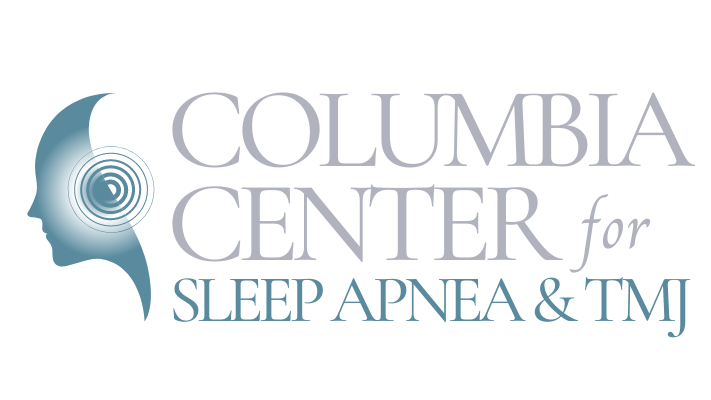
Sleep apnea is a common yet serious sleep disorder that can significantly impact your health and quality of life. Understanding the symptoms is the first step towards seeking treatment and improving your sleep. Here’s what you need to know about sleep apnea symptoms.
What is Sleep Apnea?
Sleep apnea is a condition where breathing repeatedly stops and starts during sleep. There are three main types:
1. Obstructive Sleep Apnea (OSA): The most common type, caused by the relaxation of throat muscles.
2. Central Sleep Apnea (CSA): Occurs when the brain doesn't send proper signals to the muscles controlling breathing.
3. Complex Sleep Apnea Syndrome: Also known as treatment-emergent central sleep apnea, this is a combination of OSA and CSA.
Common Symptoms of Sleep Apnea
Recognizing sleep apnea can be challenging, especially because it occurs during sleep. However, both you and those around you may notice the following symptoms:
- Loud Snoring: Frequent, loud snoring is a hallmark sign of obstructive sleep apnea.
- Gasping for Air During Sleep: Episodes of choking or gasping for air can wake you up suddenly.
- Pauses in Breathing: Observed by a bed partner, these pauses in breathing can last from a few seconds to minutes.
- Daytime Sleepiness: Feeling excessively sleepy or drowsy during the day, even after a full night's sleep.
- Morning Headaches: Frequent headaches upon waking up.
- Insomnia: Difficulty staying asleep, waking up often during the night.
- Dry Mouth or Sore Throat: Waking up with a dry mouth or sore throat can be a sign of breathing issues during sleep.
- Difficulty Concentrating: Trouble focusing, forgetfulness, or cognitive impairment during the day.
- Irritability or Mood Changes: Increased irritability, depression, or mood swings.
- High Blood Pressure: Hypertension is often associated with sleep apnea.
When to Seek Help
If you or someone you know is experiencing these symptoms, it's crucial to seek medical advice. Sleep apnea can lead to serious health complications, including cardiovascular issues, diabetes, and stroke. Early diagnosis and treatment can significantly improve your quality of life and reduce the risk of these complications.
Conclusion
Sleep apnea is a treatable condition, but recognizing the symptoms is essential. If you notice any of these signs, consult a healthcare provider for a proper diagnosis and treatment plan. Effective management can help you enjoy restful nights and healthier days.











